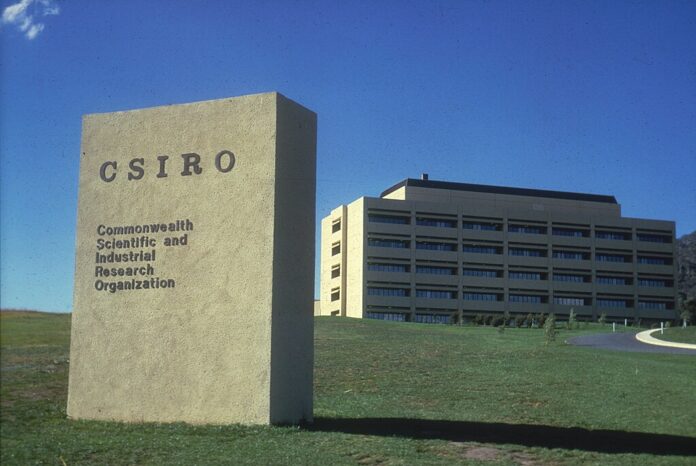A new report reveals that the window to limit warming to 1.5 degrees Celsius is closing fast, emphasising the need for immediate action
Australia’s top climate scientists have issued a stark warning regarding the imminent threat of climate change, presenting a critical deadline for humanity. According to the latest State of the Climate 2024 report, co-released by the CSIRO and the Bureau of Meteorology, the opportunity to restrict global warming to the Paris Agreement target of 1.5 degrees Celsius will vanish in just seven years if current greenhouse gas emission trends persist.
Currently, Australia is already experiencing the effects of climate change, with land temperatures averaging 1.51 degrees warmer than pre-industrial levels since record-keeping began in 1910. Disturbingly, within the next 15 years, the likelihood of limiting warming to 1.7 degrees will also slip away.
This report arrives on the heels of a year marked by unprecedented global extremes, including the warmest year on record in 2023, which witnessed devastating droughts, wildfires, and heatwaves across multiple continents.
Embed from Getty ImagesDr. Karl Braganza, the National Manager of Climate Services at the Bureau of Meteorology and a collaborator on the report, highlighted the urgent need for world leaders to accelerate efforts towards achieving net-zero emissions. However, he acknowledged that the path forward is fraught with challenges. “It’s akin to telling someone with a serious addiction that they must quit immediately,” he explained. “Such a transformation is complex and requires comprehensive changes across economic, social, and engineering systems.”
Despite the alarming figures, Australia stands among the 26 countries where emissions are currently on the decline, with the National Greenhouse Gas Inventory indicating a 28.2 per cent reduction from 2005 levels. Nevertheless, global emissions only began to stabilise over the last decade after more than a century of continuous growth, reaching 40.9 billion tonnes of carbon dioxide in 2023. Atmospheric greenhouse gas concentrations have now soared to a staggering 524 parts per million, over 50 per cent higher than pre-industrial levels—a situation not seen since the Pliocene Epoch, around three million years ago.
The report underscores the severe consequences of these emissions, noting that once released, greenhouse gases can linger in the atmosphere for centuries, significantly complicating efforts to reverse their impacts. Dr. Braganza emphasised the urgent need for scalable carbon dioxide removal technologies, which have so far proven elusive.
As the clock ticks down, the call for immediate and decisive action on climate change has never been more pressing. Without swift measures to curtail emissions and implement sustainable practices, the dire predictions for our planet’s future may soon become an unavoidable reality.
